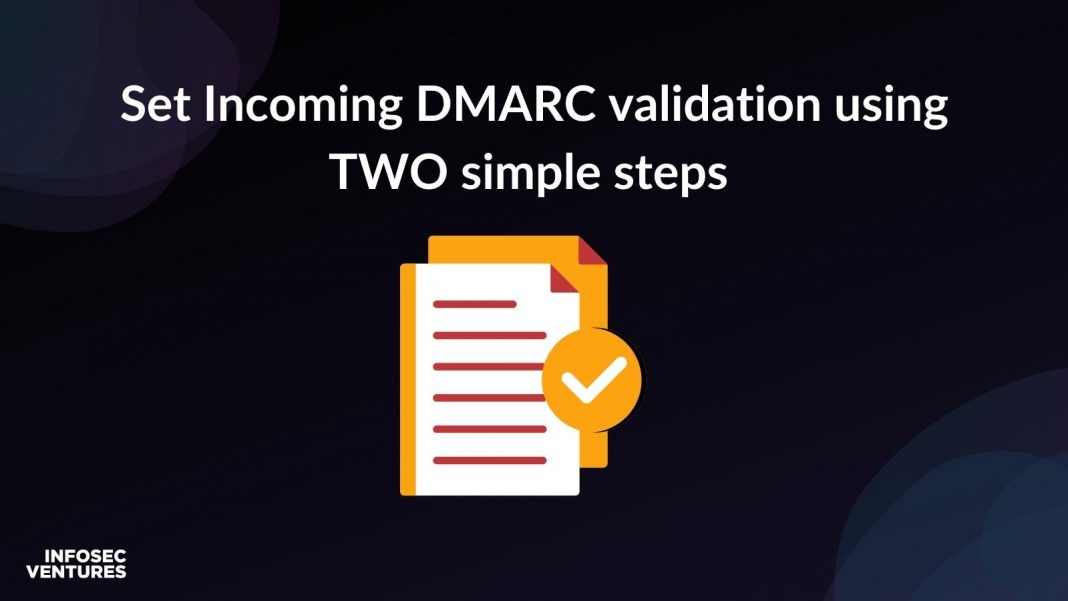Incoming DMARC Validation Is What it Sounds like.
When an email is sent to users on a company’s email domain, it is frequently routed through the perimeter Email Security Solutions gateway. The email security gateway will perform a number of checks on the email to evaluate its legitimacy and determined if it should be sent to the user.
Several variables, including the reputation of the IP address, the reputation of the email domain/ID, the presence of SPAM patterns, and other specific rules defined by the domain administrator in the filtering gateway, are reviewed throughout this validation process.
DMARC is one of these tests, and it uses SPF, DKIM, and DMARC to confirm the sender’s authenticity. This validation is used by almost all the major email gateways. However, the administrator must allow it manually from the gateway.
What Is the Purpose of DMARC Validation?
The bulk of the methods for recognizing and filtering problematic emails are static. They operate based on reputations and previous deeds. However, if the fraudster hides behind a domain/server that has not previously been discovered as engaging in suspicious conduct (spoofing), the message will simply pass through these tests.
DMARC is the only way to identify such attacks, which are carried out by impersonating legitimate people or domains. Furthermore, DMARC validation is dynamic, relying on the transmitting domain owner’s definition of authorized and illegitimate senders.
Another incentive to utilize DMARC validation is its widespread use. It is rapidly being embraced across nations and sectors, and it is also being recommended/enforced by regulators and governing organizations all over the world.
What Strategy Should I Opt for During DMARC Configuration?
DMARC is a protocol that requires two parties. This may result in certain false positive detections, even if the other party’s parameters are correct. As a result, any company that decides to activate DMARC validation should do so with caution.
EmailAuth advocates a two-level inbound DMARC implementation that has been proven to be effective across sectors. The email administrator can set up two rules using these methods:
- For the domains that the organization owns/manages – If the administrator is confident in their domain’s DMARC compliance, they may go ahead and set it to block any emails that fail DMARC validation.
- External domains that are not governed by the organization – In this case, the organization may either opt to prohibit the emails that fail validation or notify users that the email failed to demonstrate authenticity.
It is suggested, in terms of security, to operate in accordance with the sender’s DMARC policy. However, the two-stage deployment is only suggested from the standpoint of maintaining a balance between security and email delivery (to avoid email interruptions due to misconfigurations of senders).
How Do I Achieve the Two-Level Validation?
The email gateways that validate DMARC only accept one DMARC configuration, and the administrator need only make special changes to their gateway to achieve the two-stage setup (as mentioned below).
- Configure the gateway’s DMARC validation filter to take no action. The gateway will add a DMARC validation header in the email header as a result, but the emails won’t be blocked if validation fails.
- Configure two custom mail filtering rules in the gateway (one for when the sending domain is one of the domains owned by the organization, and the other for when the sending domain is not one of the domains owned by the company) and configure the action accordingly.
Learn more about DMARC records and email authentication at EmailAuth. It’s simply the best DMARC service in the webtown!

